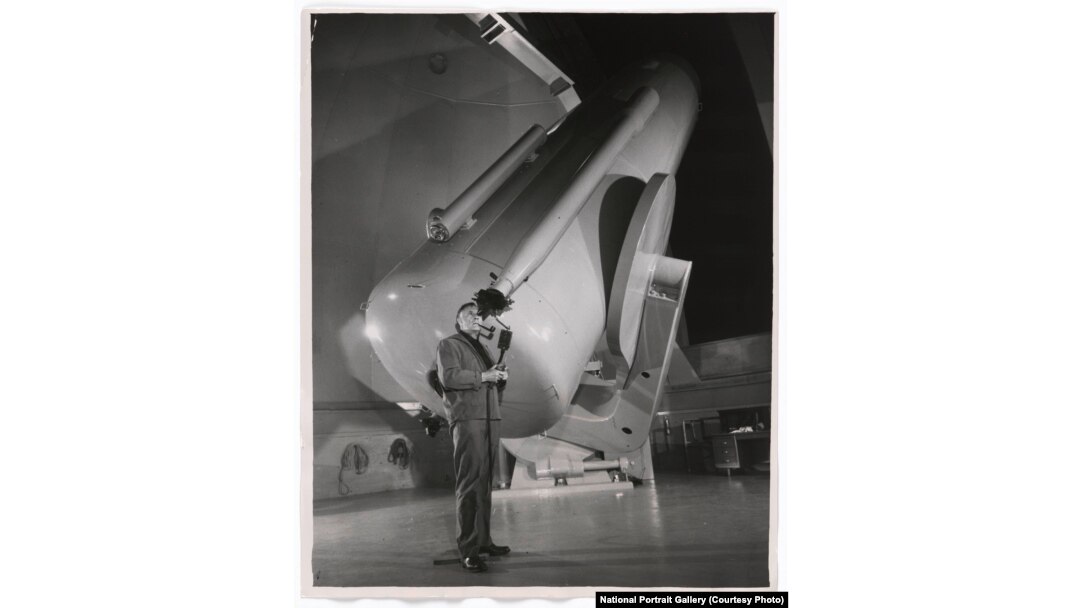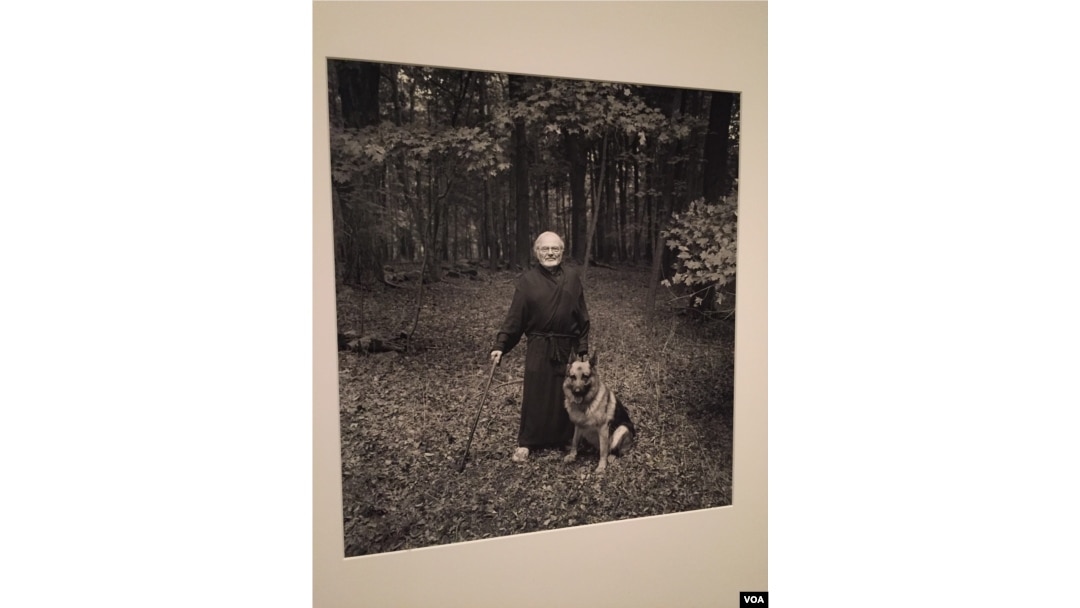For the past 50 years, the Smithsonian’s National Portrait Gallery in Washington has been telling America’s story with images of people who helped shape the history and culture of the United States.
Telling America’s story
Each November, the Gallery selects a number of portraits to add to its collection. This year, it added 28 more pictures in an effort to tell a more diverse and complete story of American society.
While the display features well-known personalities such as former first lady Jacqueline Kennedy Onassis, it also sheds light on some lesser-known “hidden figures.”
Ann Shumard, senior curator of photographs at the Gallery, said this year's selections represent a wide range of fields in a variety of formats, “ranging from paintings to prints to photographs to sculpture. It's really quite a wonderful panoply of objects.”
Among the portraits is astronomer Edwin Hubble.

Often lauded as the father of modern cosmology, Edwin Hubble made several significant discoveries that changed how scientists viewed the universe.
“He was really one of the premier astronomers in the 20th century,” Shumard said. “And in the image, you see him looking through the eyepiece of a state-of-the-art telescope from 1949. It was being used to survey the northern sky into a complete photographic survey of the sky.” The Hubble Space Telescope was named to honor him.
There’s a photo of beloved children's book author and illustrator Maurice Sendak, best known for his book "Where the Wild Things Are," first issued in 1963.
“From an early age, he enjoyed reading and drawing, and that really translated ultimately into a career for him,” Shumard said.

In this portrait, beloved children’s book author Maurice Sendak poses with his dog, Herman. (J.Taboh/VOA)
African American presence
The exhibit also features portraits of some of the most prominent African-American figures in recent history, such as media executive Oprah Winfrey.
“She’s really a much broader influence than simply through her media work,” Shumard pointed out. “She’s of course an actress, having appeared in 'The Color Purple' and 'Beloved.' She has the magazine, and her book club did so much to foster interest in reading on the part of her viewers.”
Theater director and producer Ellen Stewart, who founded an experimental theater company, is another inductee.
“Stewart was working as a freelance theatrical costume designer when she realized how difficult it was for fledgling playwrights to find performance spaces in New York City. So, she founded a non-commercial performance space in a basement in the East Village that became known as the La MaMa Experimental Theater,” Shumard explained.
Ellen Stewart’s La MaMa Experimental Theater Club was a multicultural hive of avant-garde drama and performance art in New York for almost half a century.
“It has inspired similar kinds of theatrical venues all over the world,” she said, “and really fostered the careers of many significant actors and playwrights.”
In 1945, Pulitzer Prize-winning composer and classical pianist George Walker was the first black artist to perform with the Philadelphia Orchestra, when segregation often blocked opportunities for African Americans, Shumard said. "So, he turned to teaching and composing, and developed into one of the foremost contemporary classical composers.”
“He scored all of his compositions by hand,” Shumard said. “In the diptych, we see two images of him — one framed by his piano in his home, and the other using his hands as he is scoring his Symphonia No. 5, which will have its world premiere next year.”
In 1996, George Walker became the first African-American to win the Pulitzer Prize for Music.
Other subjects in the exhibit include author and political activist Helen Keller, who was the first deaf and blind person to earn a bachelor's degree, actress Phylicia Rashad and American businessman Julius Fleischmann.
Latin American influence
There are also many Latino figures in the exhibit, said Taína Caragol, curator of painting and sculpture and Latino art and history at the Gallery.
“We have a wonderful color photograph by Alexis Rodriguez-Duarte and Tico Torres of salsa queen Celia Cruz,” she said. “We have two wonderful portraits by Harry Gamboa Jr. of Rodolfo Acuña, the father of Chicano Studies, and musician Louie Pérez of Los Lobos.”
There are also two portraits by Freddy Rodriguez of former New York Yankee Alex "A-Rod" Rodriguez, and David "Big Papi" Ortiz of the Boston Red Sox. Each is in what Caragol describes as the “silhouette technique.”
David Ortiz, known as “Big Papi,” was one of the most intimidating hitters in Major League Baseball.
Diverse collection
Shumard said she hopes people will see figures that are familiar to them, such as Winfrey, “but also figures that they may not know much about, and be intrigued to learn more about that individual’s biography and contribution.”
“I think as you look at the works in the show, you can see how many different fields of endeavor are represented, whether it's the fine arts, sports, science. There's just a wonderful range, and I think it speaks to the diversity of achievement in the United States.”
These new acquisitions join more than 23,000 works in the Portrait Gallery’s collection and will be on view through November 2019.

